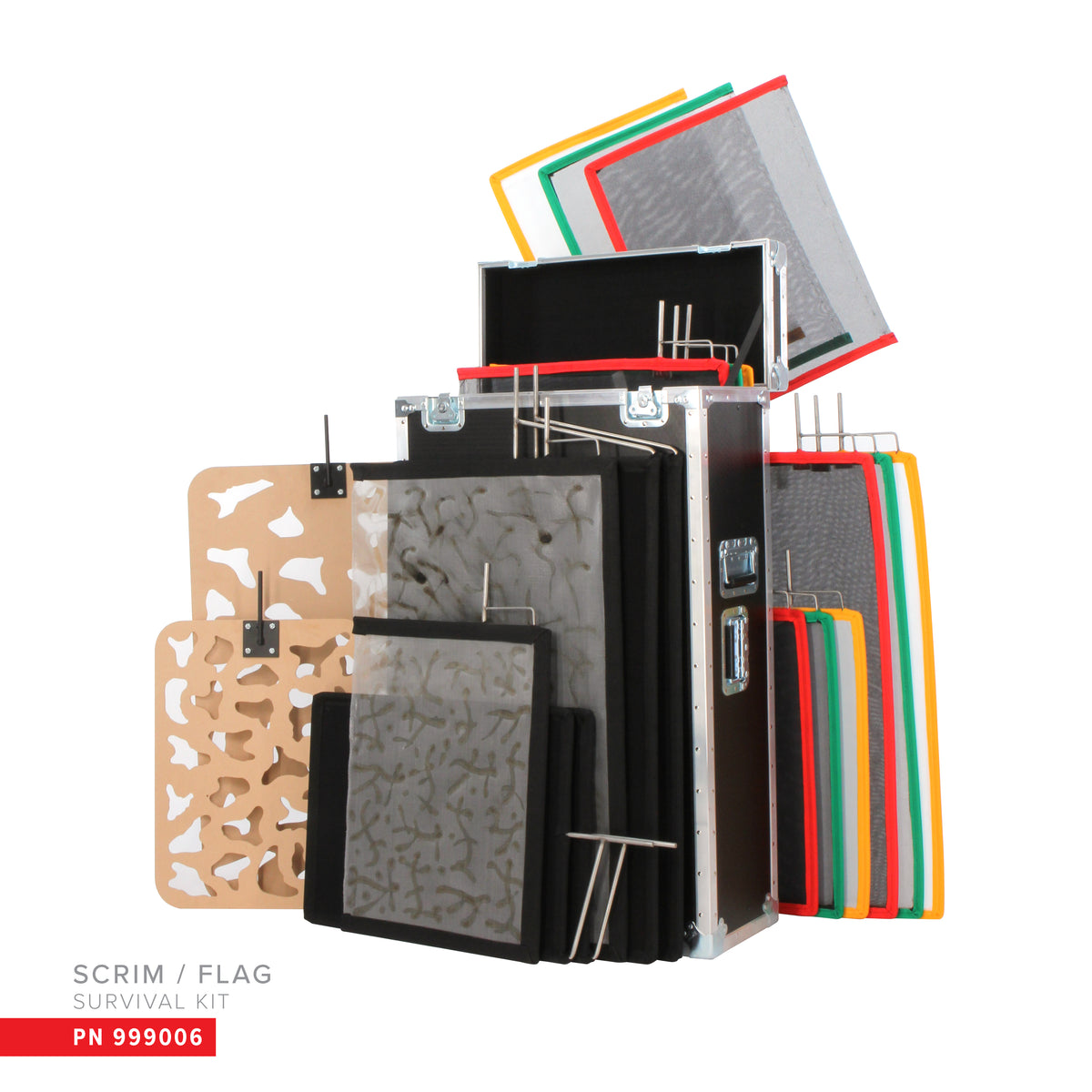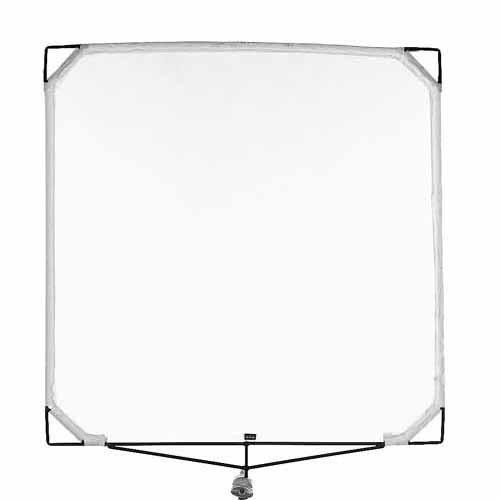You are using an out of date browser. It may not display this or other websites correctly.
You should upgrade or use an alternative browser.
You should upgrade or use an alternative browser.
Video Lighting question
- Thread starterShane
- Start date
JD
Well-Known Member
For video lighting the two main factors are to have even color temperature and have low contrast. Frost gels are your best friend.
Even modern video equipment can only handle a contrast range that is about 1/1000th of what the human eye can see in person. Therefore, lighting design for video must be conceived with these limits in mind.
Even modern video equipment can only handle a contrast range that is about 1/1000th of what the human eye can see in person. Therefore, lighting design for video must be conceived with these limits in mind.
RonaldBeal
Well-Known Member
Do you already own S4 fresnels, or are you looking for something?
What other lights do you have or are available?
What type of videos do you want your students to do? Presentational? Dramatic? interviews? youtube/podcasts?
If you are not in a huge hurry, I can take a look when I get back in town at the end of the month.(live 40 minutes south of Nashville...)
Currently doing a large televised awards show through the end of the month.
What other lights do you have or are available?
What type of videos do you want your students to do? Presentational? Dramatic? interviews? youtube/podcasts?
If you are not in a huge hurry, I can take a look when I get back in town at the end of the month.(live 40 minutes south of Nashville...)
Currently doing a large televised awards show through the end of the month.
Ancient Engineer
Well-Known Member
Dunno what JD is talking about specifically with his frost gel comment, but in thousands of video productions I don't think I have ever handled a frost gel...
But I digress.
You can use the S4 fresnels with care.
Video needs that flood setting to have a resonable linearity of intensity across the pool of light generated. Your light meter should be informative...
(Reason #1 why PAR cans for Video are less than ideal. That hot centric football is almost impossible to work around....)
What you need is some grip equipment (C-stands w/long arms, sandbags, etc.), and a box of flags either 12x24 or preferably 24x36 (2 singles, 2 doubles, 1 silk, 1 screen cookie, 2 gobos).
The flags (singles, doubles, silks, cookies, etc) will let you control the flavor of the light while preserving the qualities you need.
For instance: If you set up a key/fill/hair/bg basic rig with 4 of the same intensity S4Fs, you can leave the key open and put a double on the fill and a pair of doubles on the hair and whatever screen cookie came with your flag kit to break up the background with maybe a contrasty gel clipped to it...
You will have a nice "nose break" to show that the person has depth, they will have a relative gradient across the scene and the hair light will seperate the talent from the BG.
All of this adds the sense of depth to a two dimensional medium.
If you light it just soft everywhere it will look flat and lifeless. (many recent productions have this flat (awful) effect for no reason other than being lazy...)
If you are trapped with soft-bag or MR softlights you have to have pretty vast intensity differences to give the scene any depth. Like a 1K key and a 500 or 250W fill...
If you cannot get access to a set of flags, tough spun is a substitute, but you have to be careful... 1/8 and 1/4 TS are more than satisfactory to throttle and soften the fill and hair...
Your mileage may vary.
But I digress.
You can use the S4 fresnels with care.
Video needs that flood setting to have a resonable linearity of intensity across the pool of light generated. Your light meter should be informative...
(Reason #1 why PAR cans for Video are less than ideal. That hot centric football is almost impossible to work around....)
What you need is some grip equipment (C-stands w/long arms, sandbags, etc.), and a box of flags either 12x24 or preferably 24x36 (2 singles, 2 doubles, 1 silk, 1 screen cookie, 2 gobos).
The flags (singles, doubles, silks, cookies, etc) will let you control the flavor of the light while preserving the qualities you need.
For instance: If you set up a key/fill/hair/bg basic rig with 4 of the same intensity S4Fs, you can leave the key open and put a double on the fill and a pair of doubles on the hair and whatever screen cookie came with your flag kit to break up the background with maybe a contrasty gel clipped to it...
You will have a nice "nose break" to show that the person has depth, they will have a relative gradient across the scene and the hair light will seperate the talent from the BG.
All of this adds the sense of depth to a two dimensional medium.
If you light it just soft everywhere it will look flat and lifeless. (many recent productions have this flat (awful) effect for no reason other than being lazy...)
If you are trapped with soft-bag or MR softlights you have to have pretty vast intensity differences to give the scene any depth. Like a 1K key and a 500 or 250W fill...
If you cannot get access to a set of flags, tough spun is a substitute, but you have to be careful... 1/8 and 1/4 TS are more than satisfactory to throttle and soften the fill and hair...
Your mileage may vary.
Ancient Engineer
Well-Known Member
Flags is a generic term for open end scrims and silks also gobos(flags) cucoloris (wood and cello) usually in a box arranged by sizes.
They usually range in sizes from 12x18 to 30x36 inches.
Here are some links:
They call this the survival kit... Way way more than you would need unless you are doing a major production!

Closed-end scrims and flags are generally 48x48 and are primarily used on motion picture sets.
Occasionally to dazzle a producer that their pet project is a "real film", mostly to control lighting...

But as you can see they come in all shapes and sizes.
I hope that is informative.
They usually range in sizes from 12x18 to 30x36 inches.
Here are some links:
They call this the survival kit... Way way more than you would need unless you are doing a major production!

Scrim / Flag Survival Kit
The Scrim/Flag Survival Kit contains the following: 2--18'x24' Flags 2--18'x24' Single Black 2--18'x24' Double Black 2--18'x24' Artificial Silk 1--18'x24' Wood Cucoloris 1--24'x36' Wood Cucoloris 1--18'x24' Cello Cucoloris 1--24'x36' Cello Cucoloris 2--24'x36' Flags 2--24'x36' Single Black...
www.msegrip.com
Closed-end scrims and flags are generally 48x48 and are primarily used on motion picture sets.
Occasionally to dazzle a producer that their pet project is a "real film", mostly to control lighting...

48
To keep weight to a minimum and yet get maximum strength, all Matthews Solid Frames are made of 3/8" thin wall tubing. The mounting pin is solid rod. Matthews Solid Frames stainless steel for durability. All Matthews Scrims and Flags are bordered with heavy duty color coded webbing. All 48" x...
www.msegrip.com
But as you can see they come in all shapes and sizes.
I hope that is informative.
Ancient Engineer
Well-Known Member
Ancient Engineer
Well-Known Member
Another was to establish the linearity of intensity of a pool of light is to shine it on a solid colored background, then point the camera at it so that it nearly fills the field head-on...
Then close the iris manually and see if when it is nearly shut there are no hot spots. If there are, they will be obvious.
Here is a good place to use that scope plug-in to see if the luminosity across the field is flat, angled, or wavy....
Your mileage may vary.
Then close the iris manually and see if when it is nearly shut there are no hot spots. If there are, they will be obvious.
Here is a good place to use that scope plug-in to see if the luminosity across the field is flat, angled, or wavy....
Your mileage may vary.
Similar threads
- Replies
- 7
- Views
- 637
- Replies
- 0
- Views
- 801
- Replies
- 0
- Views
- 594
- Replies
- 27
- Views
- 9K
Users who are viewing this thread
Total: 1 (members: 0, guests: 1)


